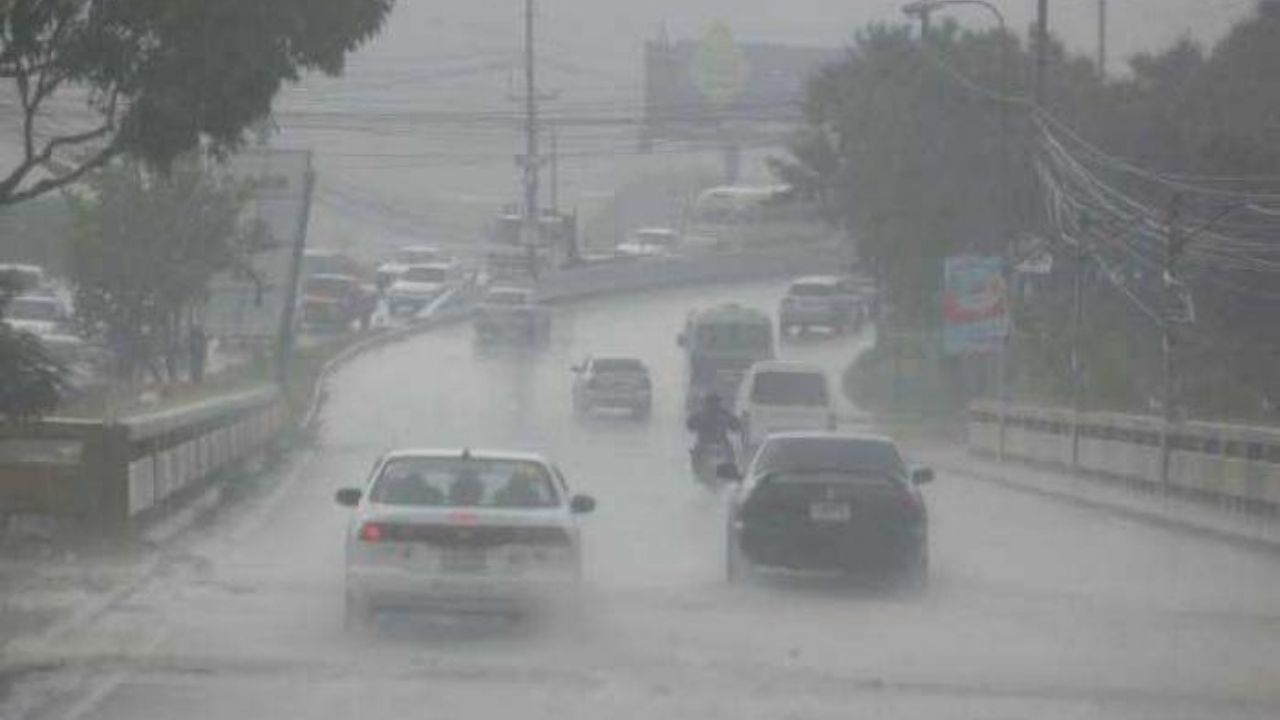RIO DE JANEIRO, BRAZIL – The Permanent Commission of Contingencies (Copeco) decreed Friday “yellow” alert (surveillance) in northern Honduras for 72 hours for rains, although rainfall will affect almost the entire country.
The alert began at 18:00 local time (00:00 GMT) in the Sula Valley, crossed by large rivers such as the Ulua and Chamelecon, which overflowed and caused severe flooding with the passage of tropical storms Eta and Iota, in November 2020.

The official information adds that during the next three days and due to the convergence of winds and humidity, especially in the western, southern, and central regions of the country, atmospheric instability, precipitation, and thunderstorms will occur.
Copeco emphasized that, according to the analysis of the National Center for Atmospheric, Oceanic and Seismic Studies (Cenaos), the Sula valley is more vulnerable after the passage of storms Eta and Iota and the reconstruction process that is being executed in the area, and that, therefore, it recommended to the maximum authority “yellow alert”.
Rainfall in the areas affected will range between 40 and 60 millimeters, so Copeco called on the population to “remain alert, avoid crossing rivers and streams and heed the instructions of the authorities in case of preventive evacuations”.
The rains that have begun to hit several regions of Honduras have revived among many residents the ghost of the Eta and Iota storms, mainly among the victims who partially or totally lost their homes due to the two natural disasters registered in the first half of November.
On Thursday, the flooding of the Ulua river, which caused water to seep through the containment dikes, flooded the entrances and exits on the outskirts of El Progreso, department of Yoro northern Honduras.
Some families living in the Guanchías sector, where bananas and sugar cane are grown, left their homes to protect themselves from the possible overflowing of the Ulúa River, which borders that region.
Honduras is among the countries most vulnerable to natural disasters, which again threaten severe floods, mainly in the north, where the reconstruction of all the banks destroyed by the passage of Eta and Iota has not been completed.

